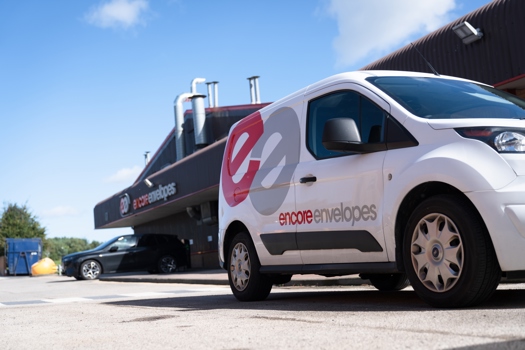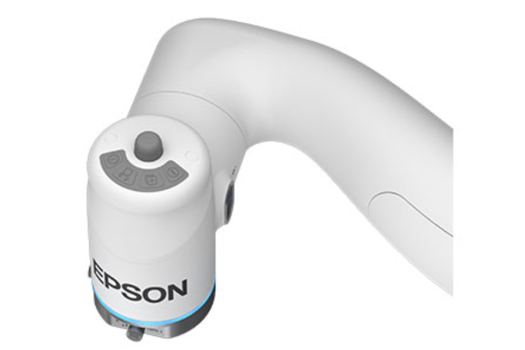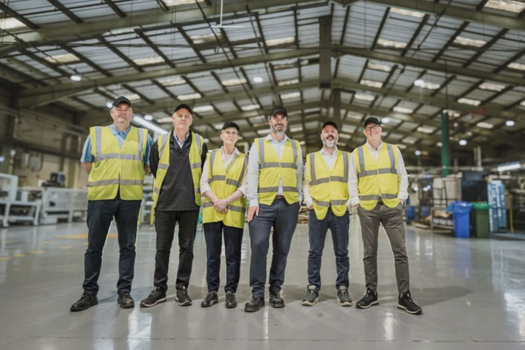"Traditional PURs develop initial bond strength through a lowering of temperature in the same way as hotmelt. There is no chemical cure so they're left somewhat weak until they cure," said a Henkel spokesman.
The glue's chemical make-up allows Dual Cure to begin bonding immediately after exposure to the correct UV wavelength.
The process means it reaches 80% strength in minutes, so that the book can be handled and finished immediately at speeds of up to 10,000bph. Opening up PUR to areas where only dispersion and EVA hotmelt glues could traditionally be used.
According to the firm, the cost of converting to running Dual Cure, around 20,000 (30,000), and the consumables costs are comparible to that of conventional PUR systems.
Story by Darryl Danielli
Have your say in the Printweek Poll
Related stories
Latest comments
"They should change their name to ‘pound less’ . 🙀"
"Hmmmm, compared to former glories maybe the Bedsit of Print with shared bathroom and kitchen."
"The closures affect Newcastle, Plymouth, Sheerness, Wellingborough sites, with Milton Keynes relocating and redundancies at other locations according to one newspaper."
Up next...

'Much-needed consolidation'
Encore Group acquires rival

Will be available in Japan and Europe first
Epson readies new cobot

Data collected at key milestones
Citipost Global launches milestone-tracked international mail service

Change honours the firm’s legacy


